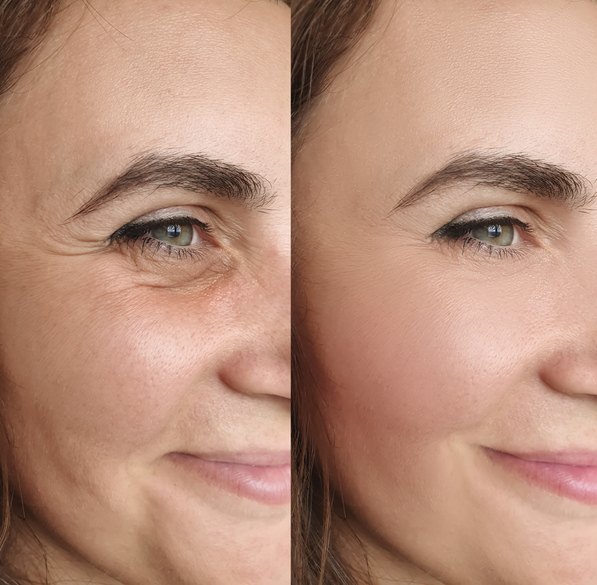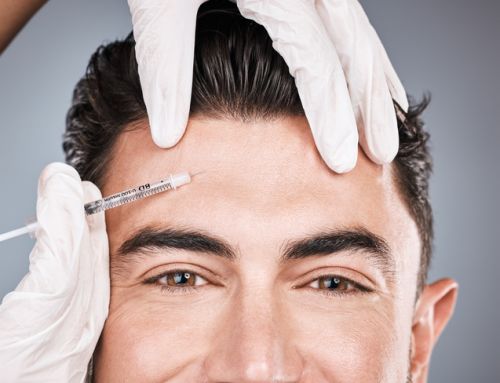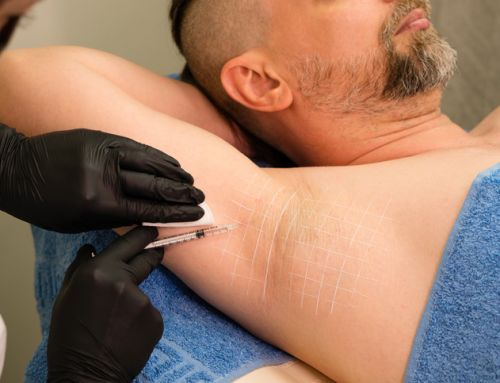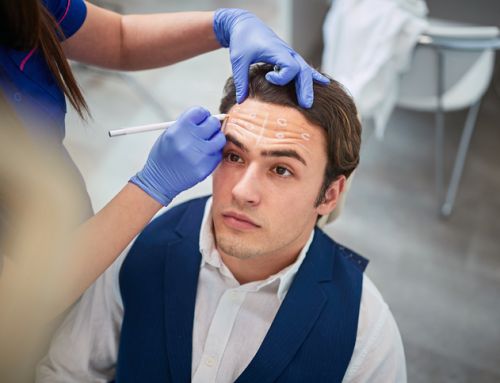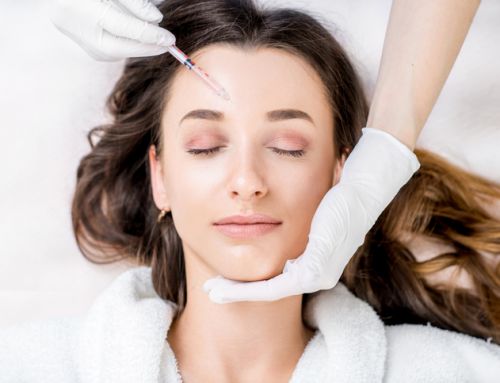Are you interested in getting your New York Botox? Botox, aka Botulinum toxin type A, is a neurotoxic protein made by the bacteria Clostridium. It is used therapeutically to treat a variety of disorders related to muscle stiffness, migraines, and excessive sweating, and for aesthetic purposes to minimize the appearance of fine lines and wrinkles when administered in tiny, controlled doses.
Botox reduces the appearance of wrinkles brought on by facial expressions by temporarily paralyzing or weakening the muscles it is injected into. The effects of the first usually last for several months before a second treatment is needed.
For more information on Botox, Botox safety, applications, effects, and more, keep reading!
Is Botox safe?
While small dosages of the chemical botulinum toxin, such as those used in the administration of Botox, are thought to be safe, the toxin can be fatal in some cases.
Between 1989 and 2003, 36 cases were reported to the Food and Drug Administration and 13 of these may have been due to underlying medical conditions.
Given that the doses are typically significantly smaller, some people believe that cosmetic applications may be less of risk than therapeutic Botox injections.
One prominent 2005 study revealed that therapeutic use of Botox increased the likelihood of significant side effects being recorded. This can be because of the underlying ailment or because the condition requires bigger doses to be treated.
Because more people receive Botox for cosmetic purposes than for medical purposes, the frequency of less severe, non-life-threatening side effects was higher with cosmetic use.
A research summary for 2021 said that some individuals who received Botox injections reported the following:
- Reddening of the skin
- Bruising
- Swelling
- Drooping eyelids or brows
- Soreness
- Other skin blemishes
Most of the side effects were slight and transient. In general, Botox is regarded as secure.
For Botox injections, it is always recommended to visit a professional dermatologist or other kind of doctor who has received board certification. If your injections aren’t prepared in accordance with FDA guidelines or are administered by a medical professional who lacks experience, the chances of experiencing negative side affects are higher.
What Does Botox do?
Typically, the use of Botox is associated with a reduction in wrinkles and fine lines. For instance, Botox injections can ease the tension in the muscles that:
- Crow’s feet
- Frown lines between the brows
- Forehead creases
Additionally, Botox is employed to address underlying muscular problems like:
- “Lazy eye” or amblyopia
- “Crossed eyes” is a strabismus.
- Eye blinking
- Persistent migraine
- Neck spasms, or cervical dystonia
- Hyperhidrosis due to an overactive bladder (excessive sweating)
- Some neurological disorders, such as cerebral palsy
Negative Effects of Botox
While Botox is generally considered safe, there can be some adverse side effects. These consist of:
- Discomfort
- Brusing
- Headache
- Fever
- Chills
If you receive eye injections, you may experience the following:
- Slack eyelids
- Unsteady brows
- Wet eyes
- Tearing
The majority of adverse effects are often transient and should go away in a few days.
However, dropping, drooling, and asymmetrical eyelids can be effects brought on by Botox’s effects on the muscles. These effects may take several weeks to subside.
Botox Longterm Impacts
Because the effects go away over time, many people who receive Botox go in on a regular basis for treatment. However, there is some science that goes to show the long-term impacts of Botox.
In a 2015 study, research participants got Botox every six months to treat bladder issues for a period of two years.
In the end, they were able to come to the conclusion that the danger of negative impacts due to Botox did not rise over time. Patients who received multiple injections experienced better long-term success.
However, the study also noted that there was a possibility of increased side effects after the 10th or 11th treatment.
These side effects included:
- Swallowing issues drooping eyelids neck weakness
- Vomiting and nausea, as well as general or noticeable weakness
- A hard time eating, hoarseness
- Edema
- Speaking difficulties heart palpitations
To fully comprehend the potential long-term effects of Botox, more research is required.
New York Botox
Only licensed doctors, nurse practitioners, and physician assistants are authorized by law to inject Botox in New York. To be authorized to conduct the treatment, healthcare professionals must pass a certification exam and finish a training program.
A combination of online and in-person training is required for certification, as well as a practical workshop where medical practitioners can practice injecting Botox under the supervision of an expert instructor. Topics like facial anatomy, injection procedures, patient assessment and consultation, and post-treatment care are included in the program.
Healthcare professionals must continue their education and training in order to keep their certification after finishing the training and certification procedure. This guarantees that they remain knowledgeable about the most recent procedures and effective ways to administer Botox injections.
Our medical staff at Skin Deep NYC is fully trained and authorized to deliver Botox injections. We take pride in offering our patients the best possible care and knowledge to assist them in getting the outcomes they want.
Botox Doctor Near Me | Skin Deep NYC
If you want to learn more about New York Botox, don’t wait; reach out to Skin Deep NYC right now to make an appointment. Our Botox experts are here to help you get the best Botox treatment you deserve.
